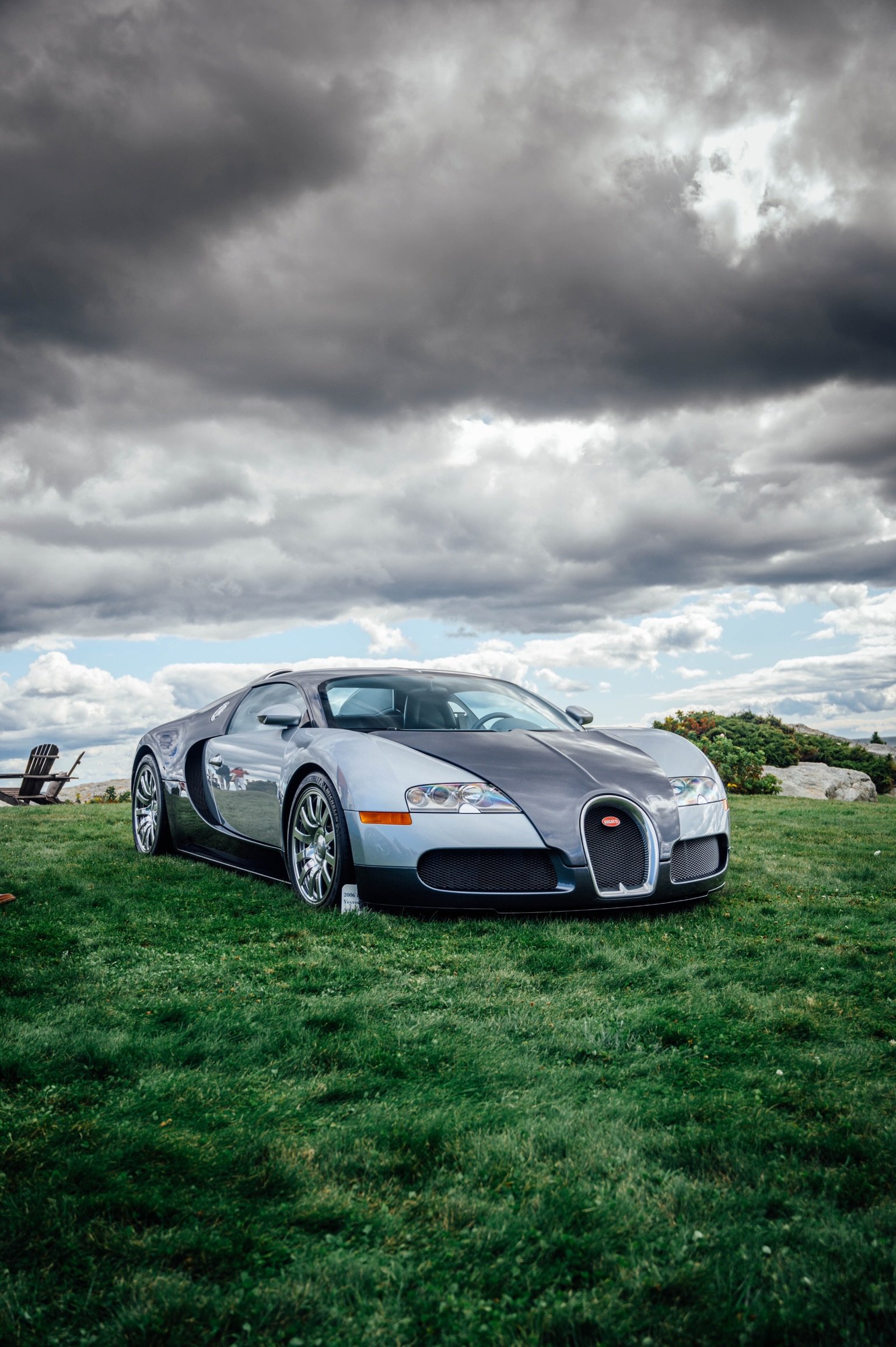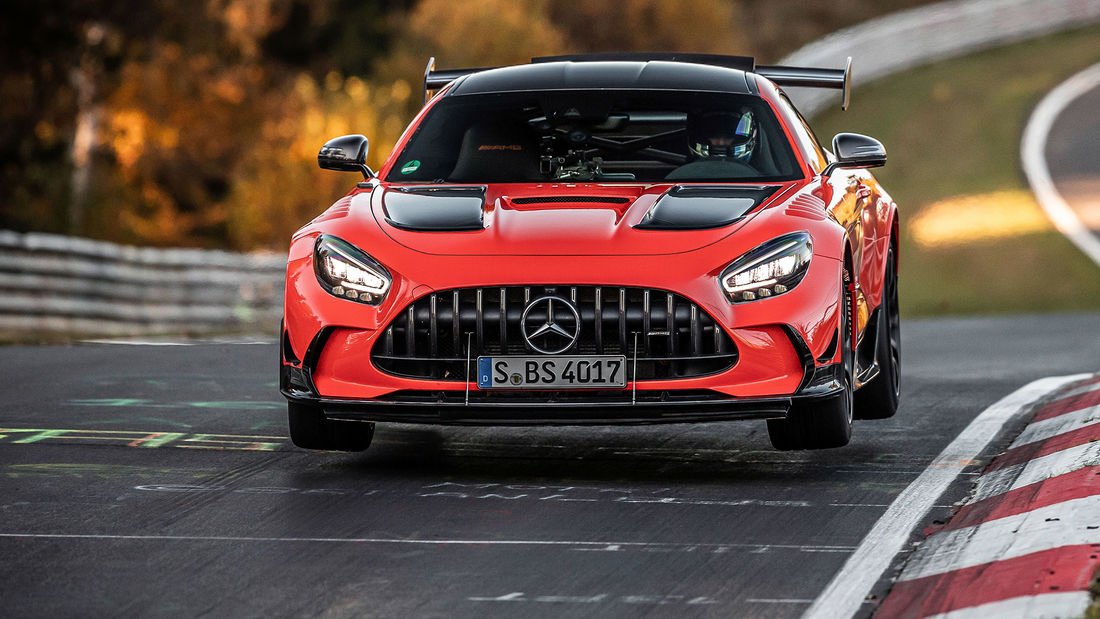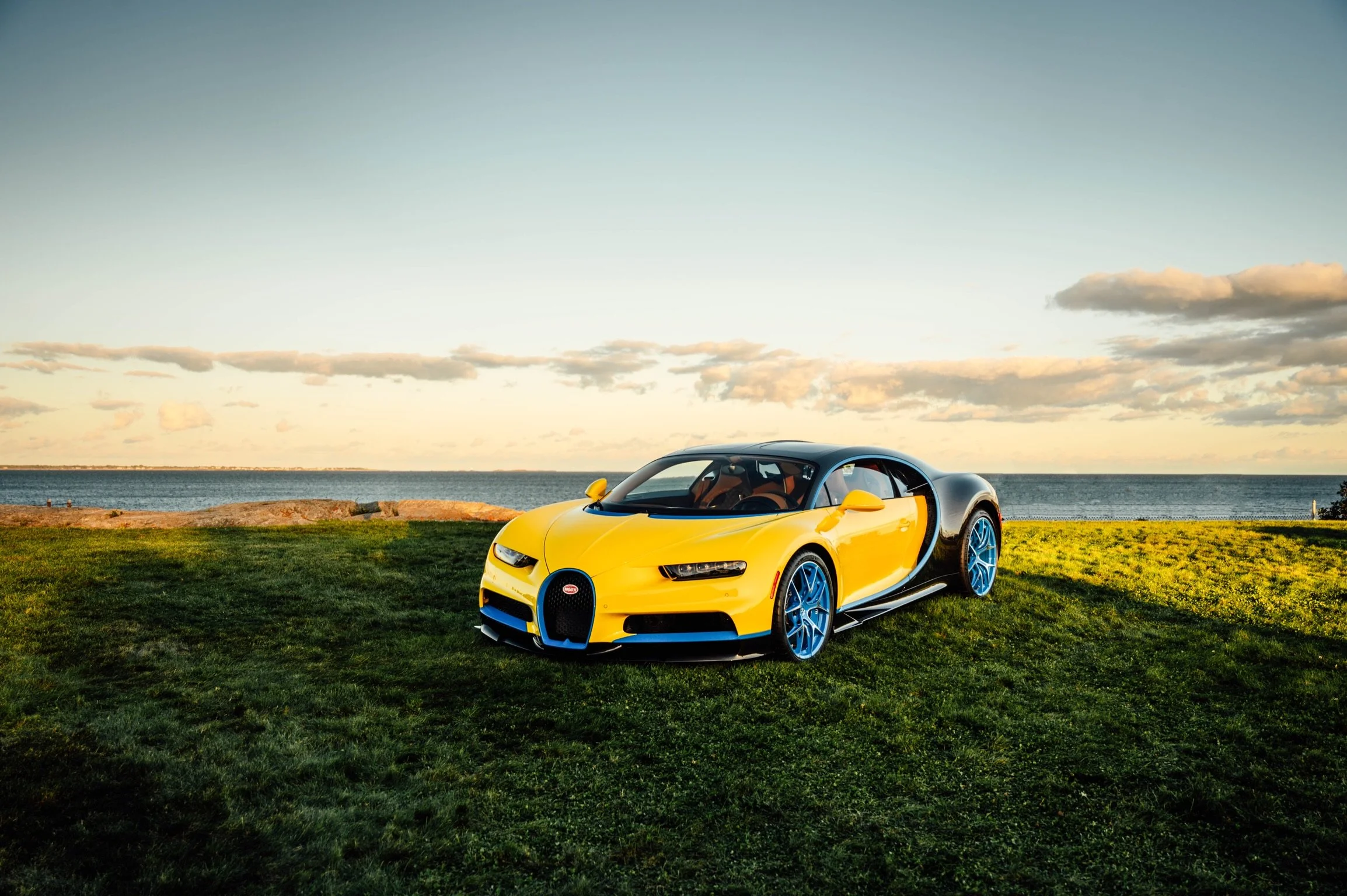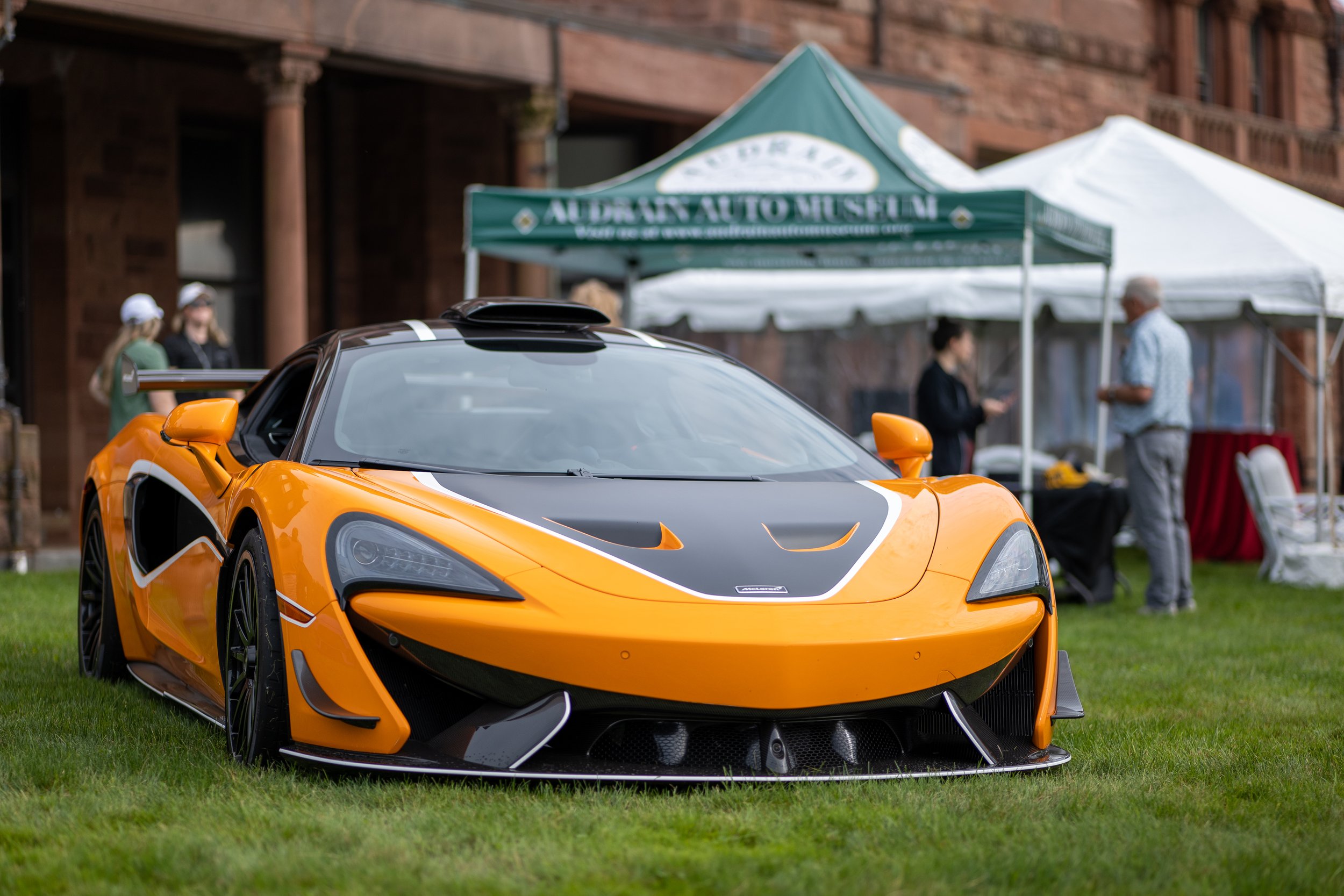1992 Vector W8
Radical design, 242 MPH top speed, 17 cars produced. Is it super?
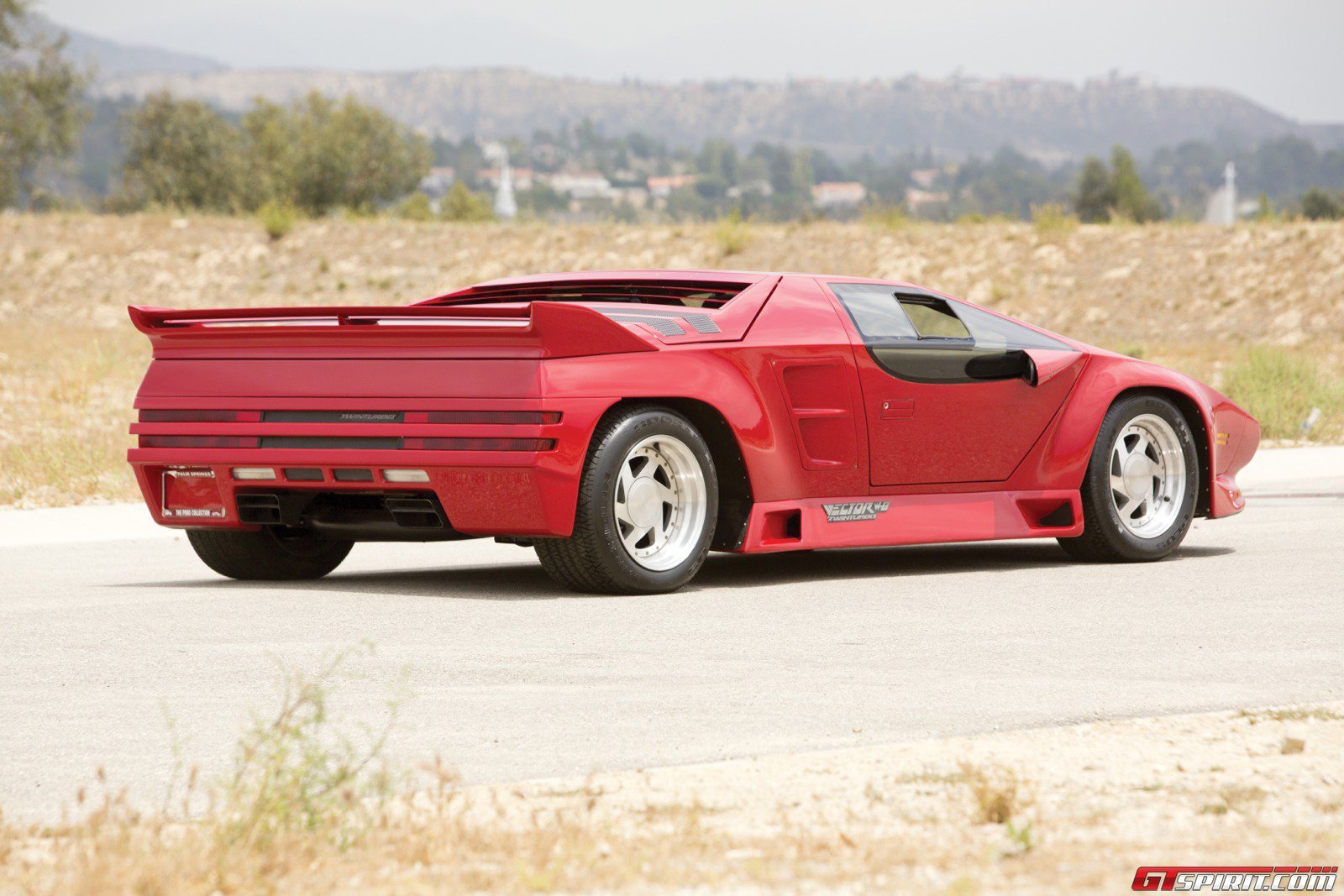
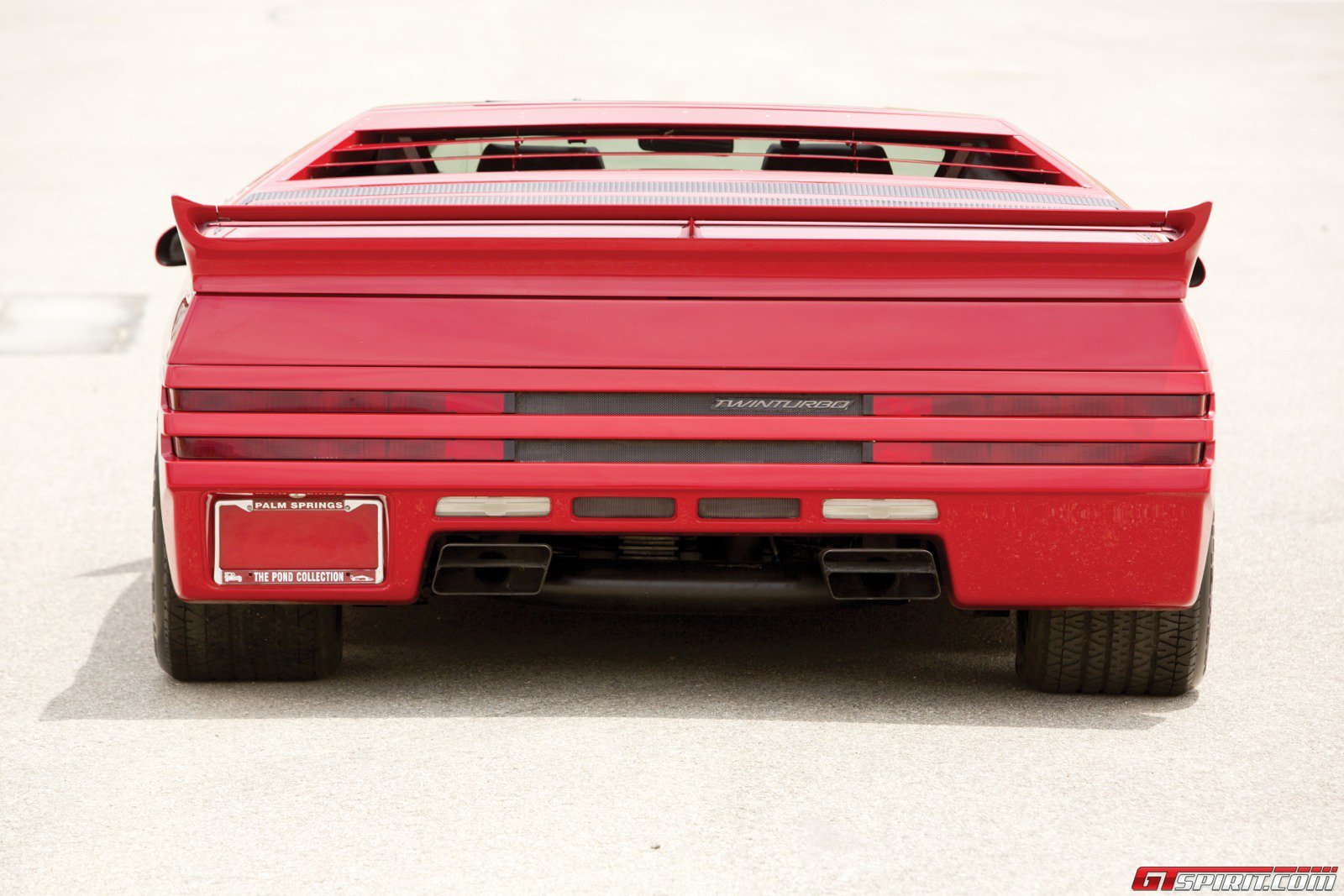
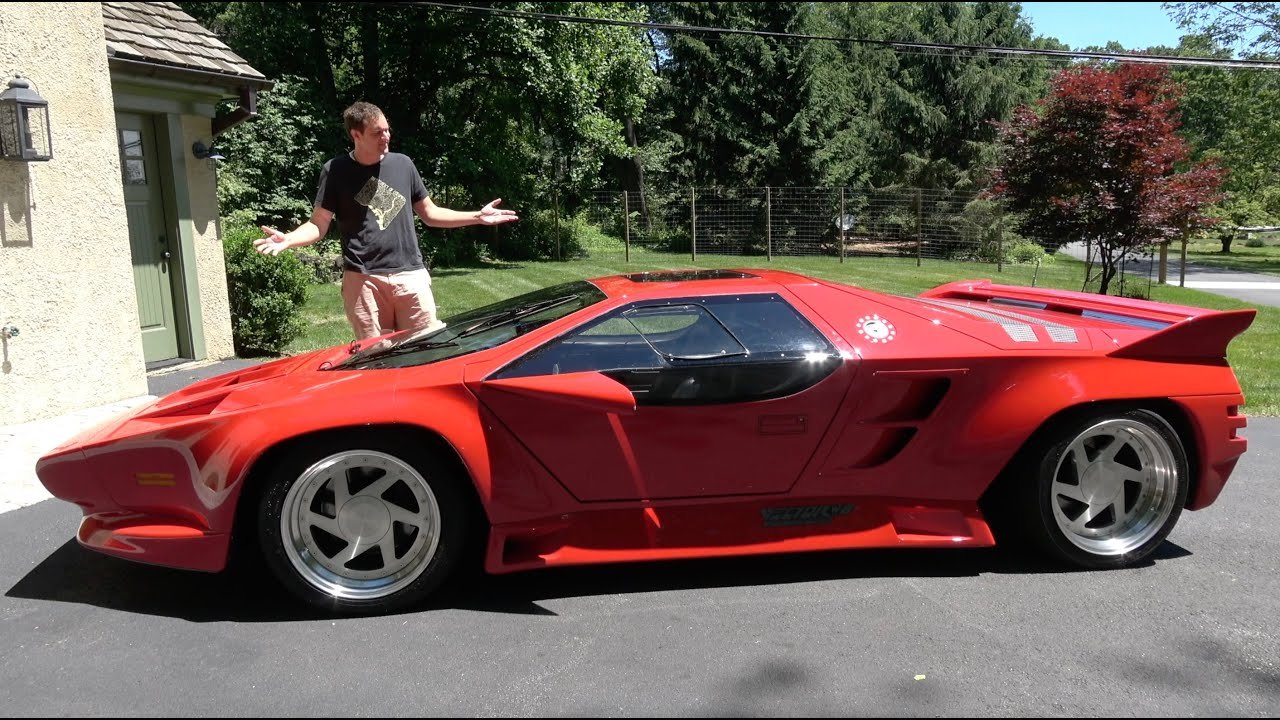
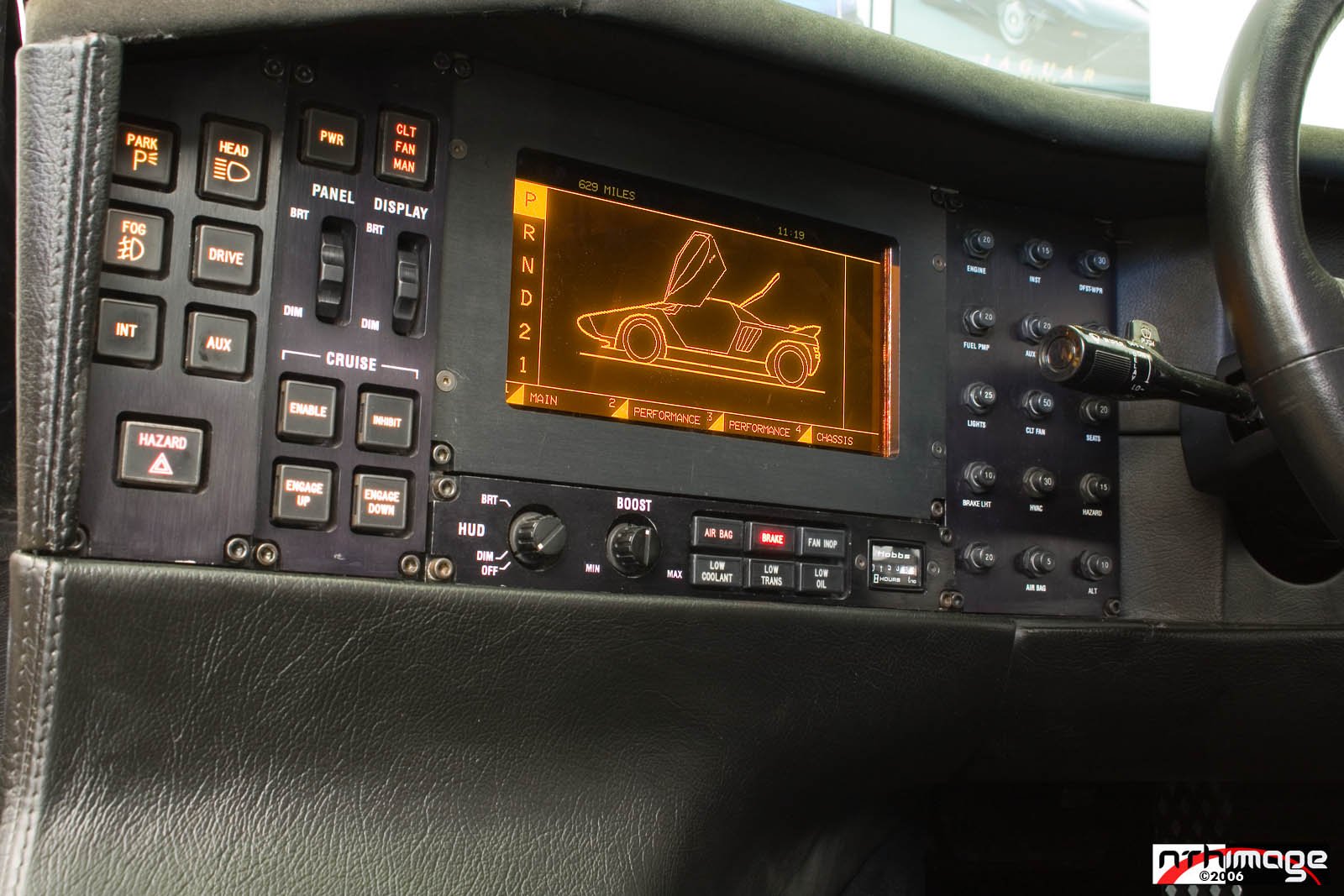
Generously lent by Paul & Kelly Jasinkiewicz
The Vector W8 was one of the most radically designed supercars of the 1980’s. Company founder Jerry Wiegert aspired of creating an American built supercar that would take down the European manufacturers. Vector received a significant amount of publicity before the W8 was produced, drawing much attention to the brand in the 1970’s and 80’s. While the car was claimed to have 600 horsepower and a 200+ MPH top speed, the Vector W8 did not amount to what Wiegert had promised due to various technical issues, and just 17 were built.
Founded to provided “an advanced vehicle and consumer product technology company” as they claimed, Vector burst into the automotive spectrum in 1972, when the company’s first prototype (simply called The Vector) was featured on the cover of Motor Trend. The image showed the Vector from above, highlighting the futuristic lines and panoramic windscreen. A prototype of the car was shown at the 1976 Los Angeles Auto Show, though did not enter production. The W2 concept was introduced in 1978, and this time a functional prototype was built. This prototype covered more than 100,000 miles and was reviewed extensively by many automotive publications. The W2 is the direct predecessor to the W8 you see here.
Vector aimed to use the most advanced aerospace materials and technologies possible when constructing the W8 during the 1980’s. The body of the car was built using carbon fiber and Kevlar on a semi-aluminum monocoque chassis. The interior of the car was just as advanced at the time, with a screen on the dashboard that resembles a fighter jet cockpit. The screens offered a digital speedometer and tachometer, fluid readings and pressures and more. Along with these screens were several buttons and knobs which controlled items like cruise control and lights. A knob to raise or lower turbocharger boost pressure is also on the dashboard.
With its low ratio three speed automatic transmission paired to the 6.0 liter twin-turbocharged V8, Vector claimed the W8 could reach a top speed of 242 MPH, and was able to achieve 242 MPH during internal testing at the Bonneville Salt Flats using a detuned engine. Unfortunately, in the hands of automotive journalists, the Vector almost never seemed to amount to its full potential. Car & Driver wrote a negative article on the car after three W8’s all broke down in different ways. Road & Track, however, was able to test the W8 without facing any issues and praised the car highly in both the March 1991 and August 1992 issues of the magazine. Public perception of the company was negatively influenced when tennis star Andre Agassi returned his W8 for a refund after the rear carpeting burned due to high exhaust temperatures, even though he had pushed the company to deliver his car before it was fully finished. Doug Demuro, noted automotive journalist, recently reviewed the W8 seen here on display. He praised many aspects of the car and was surprised that the driving experience exceeded his expectations, even calling it just as good or better than the Lamborghini Countach or Ferrari Testarossa in some areas.
Vector unfortunately fell into receivership in 1993 after completing just 17 customer cars. While Jerry Wiegert’s dream of creating an American built supercar was realized, it never earned the reputation Wiegert had worked so hard for. Still, it is a marvel of engineering for the time packaged into a revolutionary design that highlights what was possible during the 1980’s supercar wars.
Specifications:
Engine: 6.0 Liter Twin-Turbocharged V8
Horsepower: 625 @ 5700 RPM
Torque: 649 ft./lbs. @ 4900 RPM
Transmission: Three-Speed General Motors Automatic
Top Speed: 242 MPH
0-60 MPH: 4.2 Seconds
Weight: 3320 lbs.











